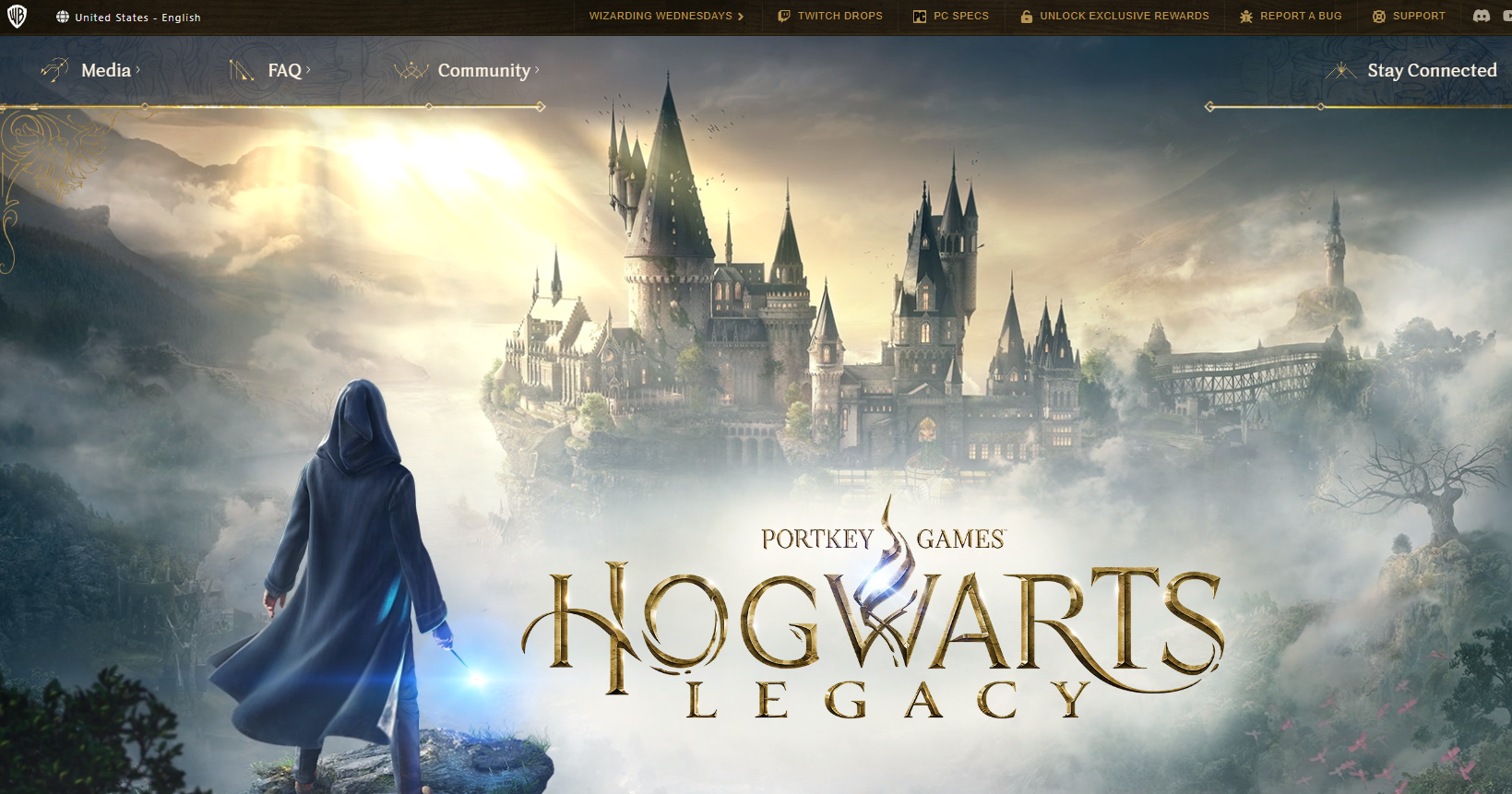Warner Bros. Games announced that the new Hogwarts Legacy game sold more than 12 million units and had $850 million in sales in its first two weeks. On the same day, Warner Bros Discovery (NASDAQ: WBD) reported a fourth-quarter revenue and earnings miss.
Analysis
Hogwarts Legacy launched on February 10, 2023, and faced some boycotts and minor controversy. However, that did not slow sales. The success of the largely single-player game is yet another sign that the video game industry is looking healthy coming off a difficult 2023.
Nevertheless, the reporting from Warner Bros Discovery shows the challenge large media conglomerates face in the video game space. The press release touting the Hogwarts Legacy figures was issued the same day the parent company issued its financials for fiscal 2022.
Warner Bros Discovery had pro forma revenue of $43 billion in 2022. In its 300+ page 10k, WBD had no mention of the game. The only quantitative data on the company’s entire video game business was buried under the Studios division that saw pro forma revenues decline 23% YOY in Q4 2022 It was merely noted that games revenue declined because of a “difficult COVID-driven comp.”
Overall, Warner Bros. Games is a somewhat significant player in video games with 11 wholly-owned game development studios. The division is primarily known for its licensed Lego games developed by Traveller’s Tales (part of the WBD subsidiary TT Games).
Like Disney, WBD, under many past incarnations, has a rocky history in the video game space. Hogwarts Legacy remains a small portion of the business. However, it will be interesting to see if its success sees IP holders taking a more active role in game production and distribution. The press release also noted that player engagement was 280 million hours played in the first two weeks. That is a lot of time consumers spent NOT interacting with other media like HBO. Will entertainment companies finally get a decent handle on the video game industry that consumes so much consumer time?


